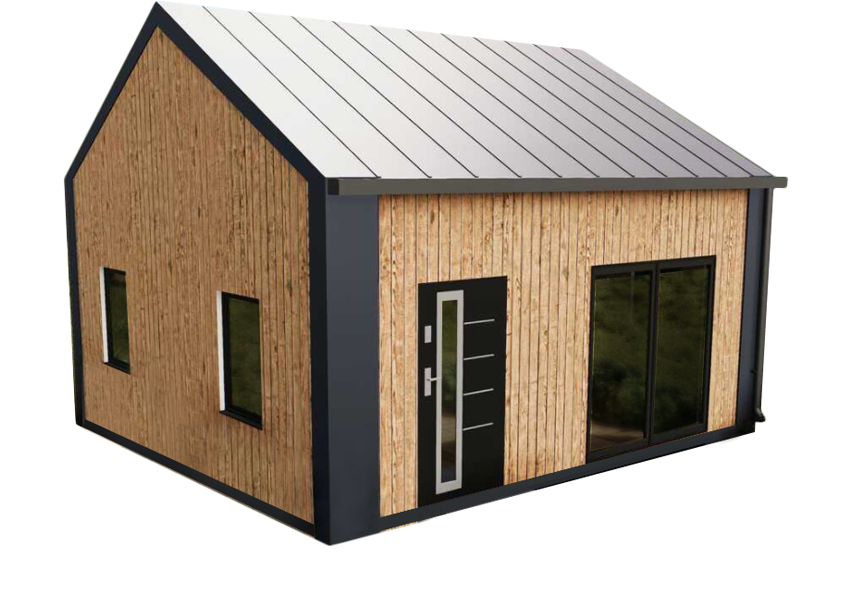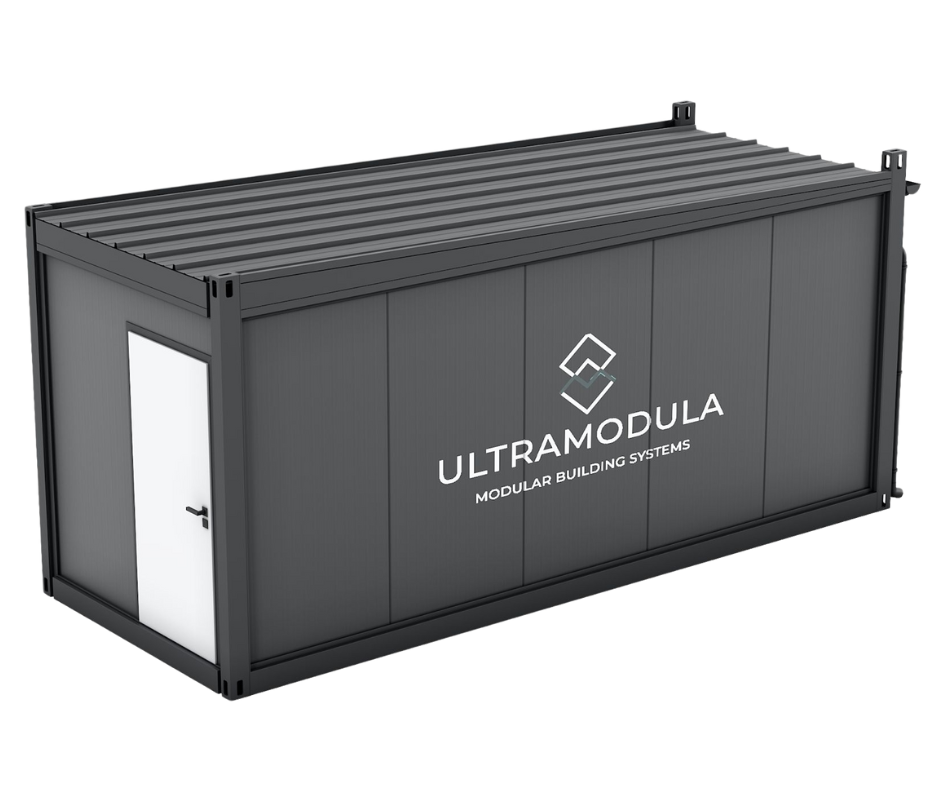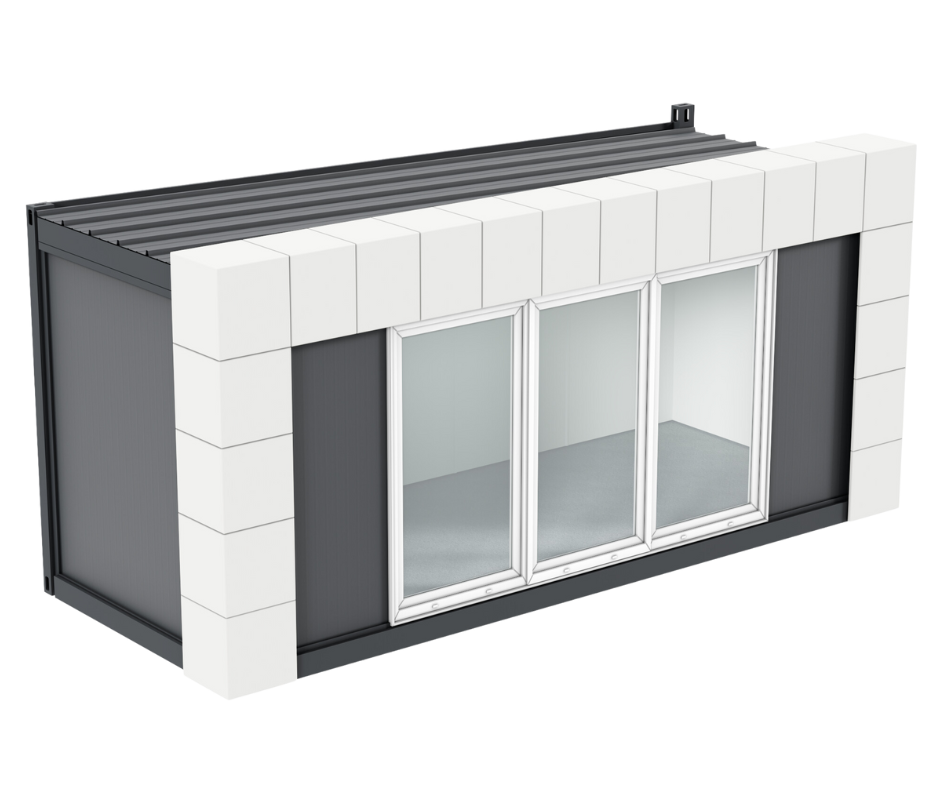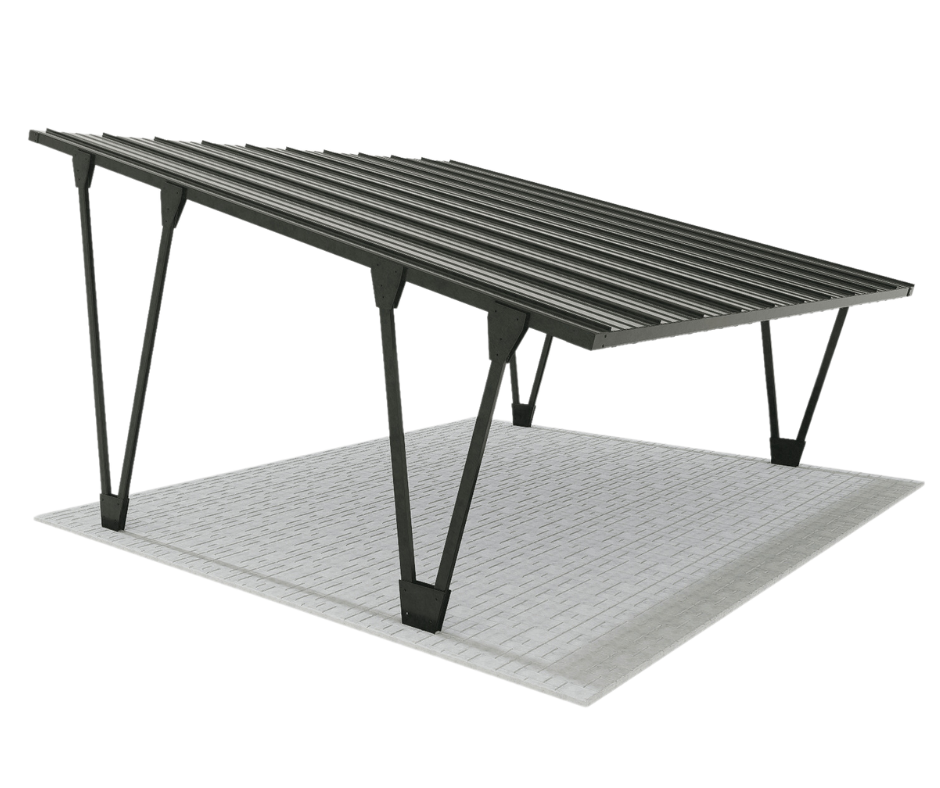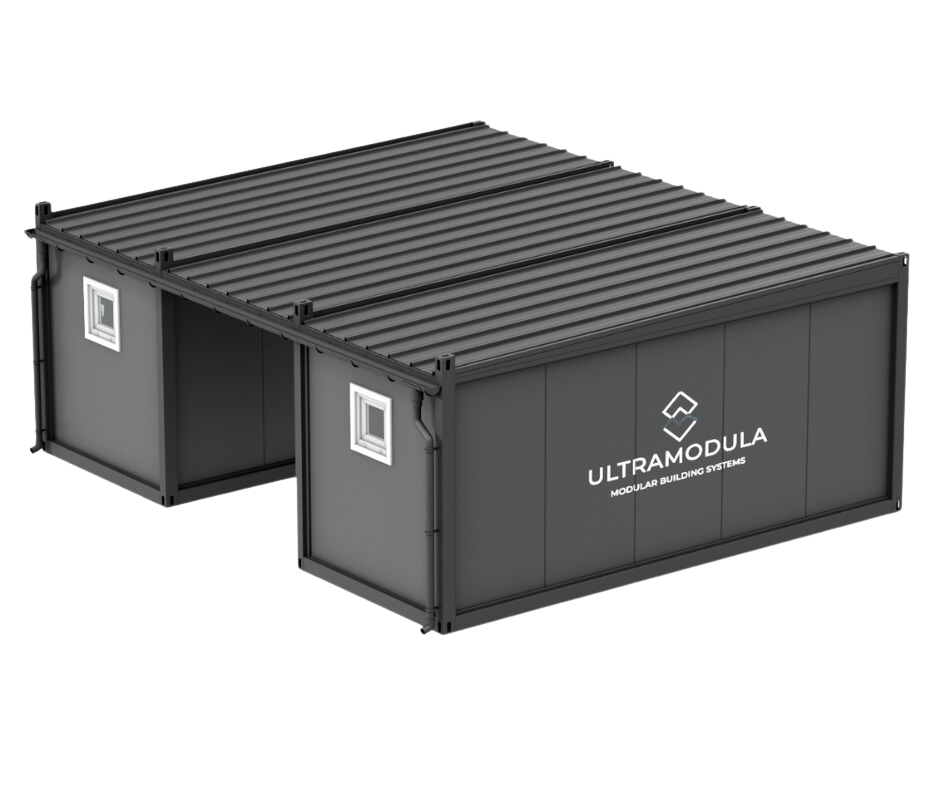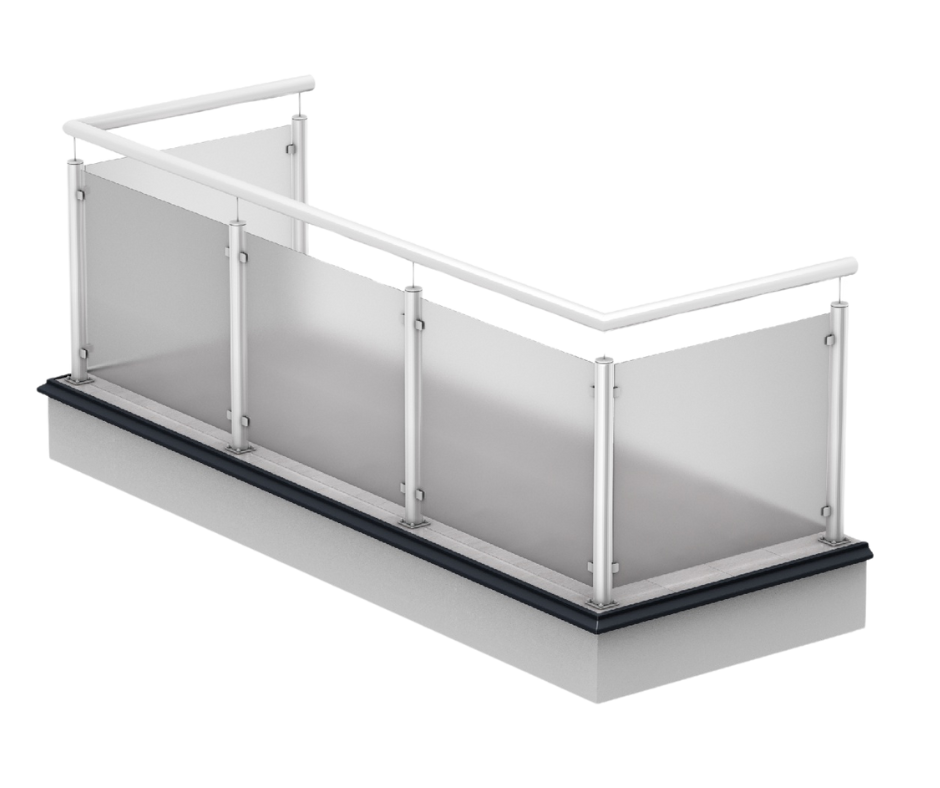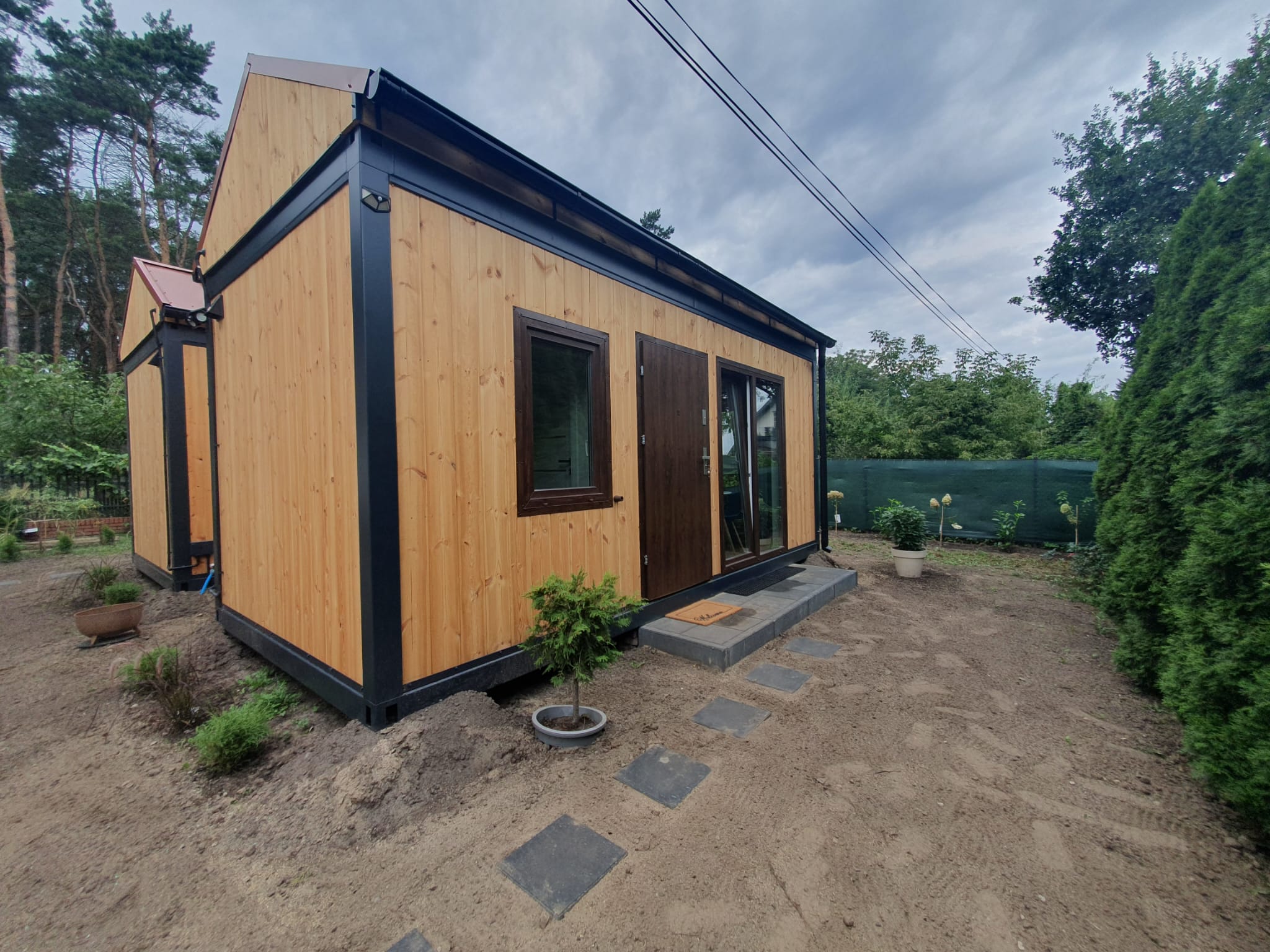In the world of interior design, not only houses modular, but in every living space, details are crucial. Transforming the raw "4 walls" into a comfortable and functional interior requires not only a unique sense of aesthetics, but also understanding the impact of individual elements, including finishing materials, on the daily well-being of residents.
Modular houses as an alternative to traditional construction
Over the last few decades, the urbanization trend around the world has been getting stronger, resulting in a significant increase in the demand for housing and infrastructure in urban areas. Nevertheless, traditional methods construction they face a number of challenges, such as high costs of materials, labor, and long-term processes construction and space constraints. As a result, a variety of alternative construction methods, in particular, are gaining popularity modular houses. Modular construction it's much more than just fashion - it's an evolution of sorts in the way we look at design and construction houses. This industry is undergoing dynamic development, and modular houses are increasingly chosen due to their functionality, economy and versatility.
Attractively priced and quick to implement
One of the most important advantages of modular houses is undoubtedly their competitive price. In a simple calculation of costs per square meter of space, there is no cheaper apartment on the market - this is certainly one of the main reasons why it is worth considering purchasing one. container residential. Thanks to precise planning and prefabrication of elements, they are not only cheap, but also quick to implement.
As you know, apart from the purchase costs, one of the common problems faced by people who want to buy their home is a long waiting period. It can take up to two years from making the decision and making the first payment to actually moving in. This is the period during which it is necessary to incur the costs of renting an apartment. In the case of modular houses, the whole process is much shorter. After placing an order for the selected option, simply prepare the foundation from ready-made foundation blocks, which will certainly take no longer than a day. Then you need to adapt the necessary installations, such as electricity and water. Ordered a house it is delivered to the site by HDS car as a whole or literally in several elements - its assembly on site is a matter of hours, not months as in the case of traditional construction.
Durable and durable construction
Modules are a type of prefabricated construction: the entire production process takes place in the factory, outside the construction site. They are delivered to their destination already equipped with doors and windows, as well as electrical, water, sewage and heating installations. This means that each element is made in safe factory conditions, by a team of experienced specialists, which translates into their high quality and durability.
Houses modular are made in a structure similar to containers – their walls consist of three layers: sheet metal, insulation and a laminated board from the inside. They are strong and durable, resistant to difficult weather conditions. They are also additionally finished from the outside with a facade board (or other material chosen by the investor), and their insulating layer is very thick. Importantly, modules offered by renowned manufacturers ensure a heat transfer coefficient of U=0,2 W/(m²*K).
In modular buildings, the roof angle is as much as 30%. The insulation material is mineral wool combined with a vapor barrier foil, supplemented with a roof membrane. As you can see, the construction of modular houses is in no way inferior to buildings made using traditional construction methods in terms of quality. Importantly, the houses are extremely resistant to weather conditions, as their origins come from sea transport containers.

Cottages container – Ultramodule
Finishing materials as a key element of the design of container houses
When designing interiors, you cannot ignore the role of finishing materials. They are not only a practical element, but also a key design component, influencing both aesthetics, comfort and quality of life in modular houses. The choice of appropriate fabrics, floors and walls can have a comprehensive impact on how the space is perceived by residents. For example, the use of wood can make the interior cozy and warm, while maintaining a modern character modular project. However, aesthetics must go hand in hand with functionality: properly selected materials affect acoustics, thermal insulation, and ease of keeping clean. In the case of modular houses, where every square meter is used, the proper composition of materials is especially important. Paying attention to details such as shape, texture and color, designers create spaces that not only delight the eye, but also meet the everyday needs of residents.
Wood, fabrics and floor coverings are the three basic categories of finishing materials that not only define the appearance, but also influence the functionality and atmosphere of the interiors of modular houses.
Wood is a natural material that has been used for centuries and adds warmth and elegance to rooms. Its diversity not only in terms of species, but also processing options (such as staining, varnishing or oiling) allows designers to adapt its appearance to various interior styles. Wooden walls, floors or furniture they can give modular interiors a diverse character while introducing an element of coziness. Fabrics, in turn, introduce an element of softness, creating relaxing interiors and at the same time fulfilling acoustic and thermal functions. Floor coverings, selected taking into account the lifestyle of residents, affect not only aesthetics, but also walking comfort, acoustics and keeping rooms clean.
The influence of finishing materials on thermal and acoustic comfort in modular houses
The impact of finishing materials on the comfort and quality of life in modular houses is significant, especially in terms of thermal and acoustic aspects. The appropriate selection of materials not only affects the aesthetics of the interior, but also directly affects thermal comfort and the ability of rooms to absorb sounds.
Thermal isolation
In the context of modular houses, where the walls are less thick compared to traditional buildings, the effectiveness of thermal insulation becomes a key design element. Therefore, the analysis of the thermal insulation properties of various materials plays a fundamental role in ensuring optimal living comfort for residents, regardless of changing weather conditions. However, what matters is not only the structure of the external walls described above, but also the selection of appropriate finishing materials for the interior.
The decision on the type of flooring is important for overall thermal insulation. Materials such as wood or special laminated panels not only provide visual impressions, but also effectively reduce heat loss through the floor. Thanks to this, residents can enjoy better thermal conditions and at the same time reduce the energy consumption needed to maintain the appropriate temperature. Wall finishing also influences insulation issues. Materials with high thermal insulation (e.g. laminated boards) contribute to maintaining a stable temperature inside the house.
Curtains are an interesting element: by serving not only a decorative but also a practical function, they can have a significant impact on the thermal comfort inside a modular house. By using materials with high thermal insulation properties, which effectively retain heat in winter and at the same time protect against excessive heating of rooms in summer, the level of insulation can be adjusted to changing weather conditions, which affects the energy efficiency of the house.
Good acoustics
Effective noise reduction begins with the selection of appropriate insulating materials, such as mineral wool used in the construction of modular houses. The next step is to appropriately design the interior using materials that have a positive effect on room acoustics. And yes: introducing textured, soft floor coverings can significantly reduce noise levels. Specialized materials with acoustic properties absorb sounds, creating a pleasant and quiet environment.
A less common solution are upholstered sound-absorbing panels installed on the walls. They can effectively absorb sounds, both those generated internally and those coming from the outside, and at the same time constitute an important decorative accent. They are available in many different shapes and colors, which means that even their small combination can become an interesting element that will change the room.
It is also worth remembering that furniture, such as sofas and upholstered armchairs, have not only an aesthetic but also an acoustic function. Soft, upholstered surfaces absorb sounds, contributing to the creation of a harmonious environment.
Comfort and quality of life at the highest level
Without a doubt, the selection of appropriate materials is one of the key elements influencing the comfort and quality of life, also in modular houses. Being in aesthetically designed interiors every day has a positive impact on your well-being and, consequently, on your health. Properly selected finishing materials not only please the eye, but also have a real impact on the quality of life by ensuring thermal and acoustic comfort.

